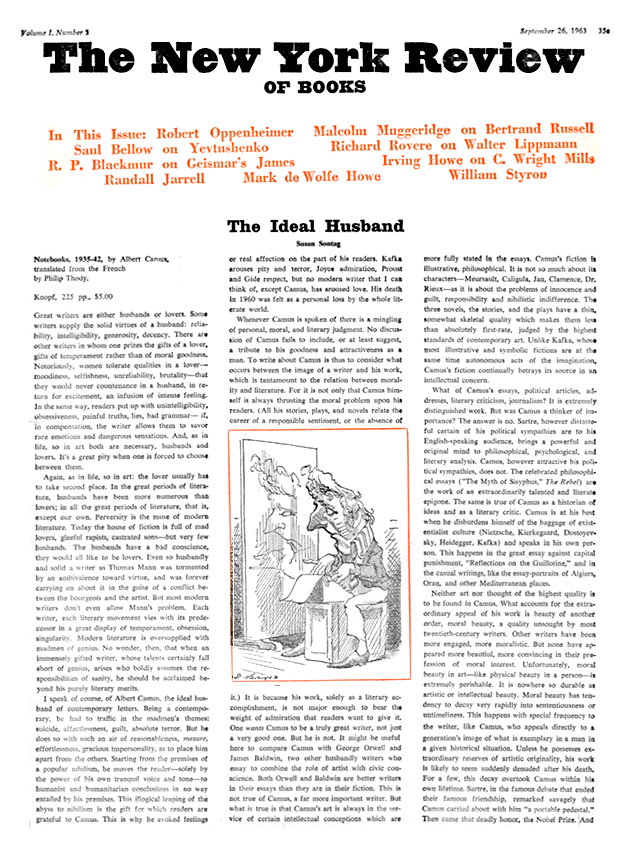It is a handy volume despite its sprawling twelve by nineteen, thanks to flexible covers and sturdy paper. Maps fill facing pages to their very edges. Open the book at random and chances are nearly even that you will be confronted with more than three square feet of continuous National Geographic map, as if you had taken a scarcely folded one from your file. We who have kept files of National Geographic maps, and have persisted in using them in all their unwieldiness instead of riffling some convenient book of inferior maps, well know the magic of the confrontation: the miracle of lucid clutter, the beauty and gentle decisiveness of color contrasts, the inexhaustible store of intelligence.
Now the two values are reconciled: good maps and convenient book. The three hundred pages include fifty-seven such two-page spreads.
I shall keep the old loose National Geographic maps for trips. And, since the National Geographic omits counties, I shall keep my old inferior book for counties. Grudgingly. It is before me now, a 1948 Hammond of even larger format than the National Geographic Atlas, and it is open at south central South America. The polychrome two-page spread is something between a poster and an imposture. Its detail is sparse and irresponsible. Part of Brazil is elaborately misplaced within Paraguay, and part of Paraguay in Argentina, as a glance at other pages bears out; the name of the Paranà is applied by mistake to the Iguassù, as well as to the Paranà; Aconcagua is omitted, though lesser mountains are marked; and two provinces of Chile are shown in a way that conflicts with another page. The 1954 Hammond is better, but I disagree. The point of my sad example is that such ineptitude is neither to be found nor imagined in National Geographic maps. They have an air somehow of selfevident accuracy, they are visibly as real as earth itself.
The National Geographic Atlas is up to date without recourse to overprinting. Rwanda, Burundi, the C.A.R., the sovereign state of Western Samoa, and other countries of their generation are herewith legitimized. They emerge as real as Denmark and Portugal, as real as ever a National Geographic map can make them. All levels of detail bristle with novelty, seemingly engraved from scratch. Where we so lately saw “Ulan Bator (Urga)” we now see “Ulaan Batar (Ulan Bator).” At points one senses the strain of keeping obsolescence at bay. Thus in the descriptive pages we read of “the formerly Dutch western portion” of New Guinea, and of “this former British colony” of Aden, but find no present status ventured for these places.
Text takes up more than half the book. There are state-by-state and country-by-country entries, each in two parts: a concise schedule of standard specifications and an informal description, often lively (“Grande-Terre…is smaller than BasseTerre…, which is mountainous”) and informative. In these entries a few lands seem to have been overlooked: Malta, Hong Kong, Macao, Timor, the Falklands.
The text includes pieces on astronomy, geology, cartography, and the history of geography; also sundry tabulations of cities, land masses, lakes, mountains, climate. There is news to be gleaned from championship lists: Etah has lost its title of northernmost town to Ny Alesund in Spitzbergen, and Ushuaia has lost its title of southernmost to Puerto Williams in Chile. There is news even about the freshwater lakes: Victoria, long so nearly tied with Superior for first place according to the books, is now shown as 15 per cent behind. I regret having to add that this book, like perhaps all sources with the exception of your humble informant, overlooks the fact that far and away the largest fresh-water lake is neither of those, but Michigan-Huron, the legitimacy of whose hyphen is evident to all who know the Straits of Mackinac. This book is not one, after all, to boggle at hyphens. It accepts the Mississippi-Missouri.
Nearly a sixth of the book is given over to the index of places. Here the editors missed a Goode bet in not simply indexing places by longitude, latitude, and page number, as was long since done in that more modest but excellent work, Goode’s School Atlas. This would avcid the inelegance of letters and numbers on the edges of maps, and it would add a modicum of further instruction and even convenience. In using Goode’s I sometimes find that the mere figures of longitude and latitude suffice to answer my question without the map. And lacking those figures we are sometimes, as in verifying the championship of Ny Alesund noted above, driven to fussy measurements of the maps. Evidently the National Geographic editors have little love for latitude, for they even omit the figures from the championship listings.
A more serious shortcoming of the index of places is the lack of population figures. Populations of countries and big cities are discoverable on other pages; however, one needs population data more on small places, for lack of preconception—as now when I contemplate driving to Rouyn and on to Cochrane and there entraining for Moosonee.
Advertisement
In respect of demureness the Introduction resembles the publicity for some southern Michigan product, a breakfast cereal or automobile. I try to condone this on four counts. First, the atlas is not a literary commodity and so it is perhaps subject to other conventions. Second, it is a group enterprise, so that the boasts are impersonal. Third, it is a non-profit enterprise, so that the Michigan analogy is imperfect. And fourth, the boasts are true.
This Issue
September 26, 1963


